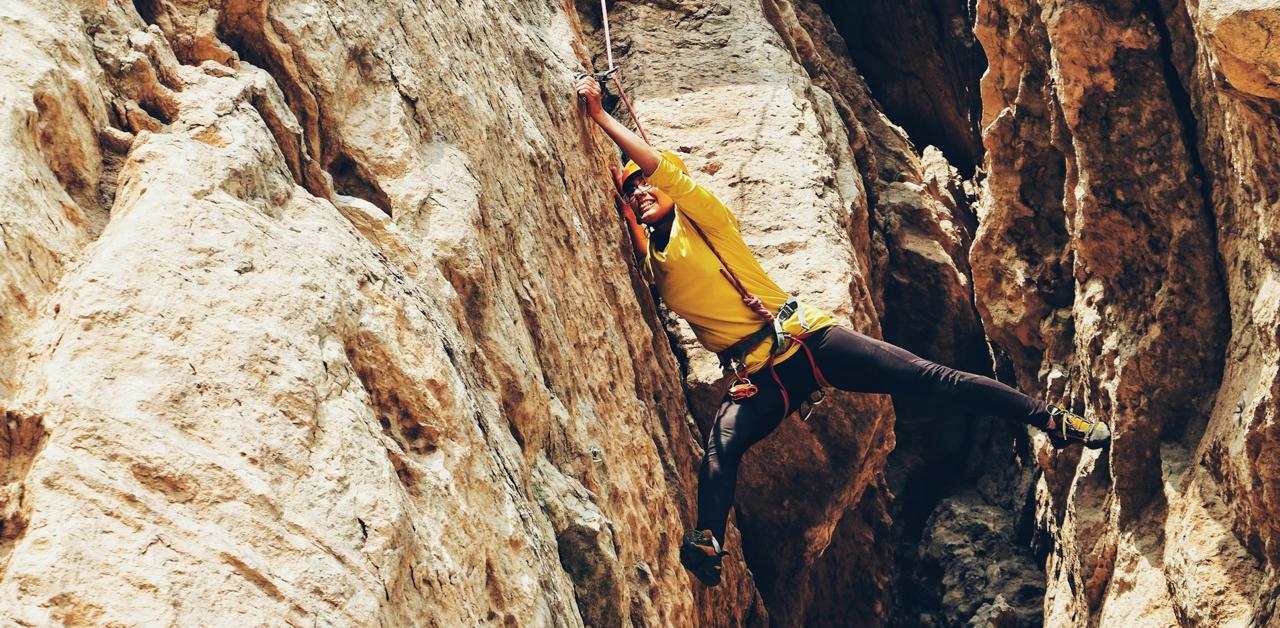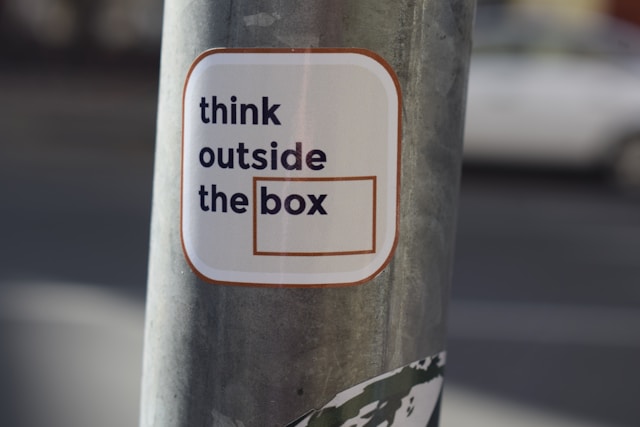Faced with the proliferation of software solutions, professionals in the hotel sector are confronted with a strategic dilemma: opting for integrated tools or for the atomization of solutions. This choice, often described as a "Corleonian choice," is at the heart of a recent study. The study, commissioned by the Revenue Management specialist IdeaS and the PMS provider Stayntouch, and conducted by the NYU School of Professional Studies at the Jonathan M. Tisch Center of Hospitality, measured the propensity of over 300 professionals in the United States to "put their eggs in one basket".
Here are the main findings from this study detailing the results for hoteliers:
1. The All-in-One vs. Best-in-Class Dilemma for Hoteliers
The study estimates that 58% of professionals currently choose "Best-in-Class". This approach involves selecting each technological tool (PMS, RMS, CRM, CRS, etc.) for its ability to best meet a specific need.
• Best-in-Class Advantages: Professionals appreciate the greater flexibility, better data control, and access to deeper functionalities.
• Best-in-Class Drawbacks: These benefits come at a cost, notably greater technical integration complexity and managing multiple vendors.
A relative minority (42% of surveyed hoteliers) opted for the "All-in-One" solution.
• All-in-One Advantages: This solution is simpler to implement and easier to manage thanks to a single point of contact. It is particularly favored by smaller structures (fewer than 100 rooms) who prioritize this simplicity.
• All-in-One Drawbacks: The all-in-one is often less flexible, requiring compromises on certain functionalities, and leading to a dependence on a single vendor, which can be detrimental.
2. Satisfaction and Future Trends
In evaluating user satisfaction levels, the survey shows that establishments that can choose their solutions independently ("Best-in-Class") demonstrate greater satisfaction. These professionals are particularly satisfied with their property management systems (PMS) and their revenue management tools (RMS).
Conversely, the use of unified solutions generates notable frustrations:
• Reservation errors are more frequently reported by users of unified solutions (57% complain about them), compared to 45% for hoteliers using distinct tools.
• Users of unified solutions also report the greatest frustration regarding the training provided for tool usage. This factor is, moreover, the main explanatory driver for a change in strategy.
Regarding future trends, 51% of surveyed hoteliers plan to change their approach within two years. The trend is twice as strong toward "Best-in-Class" (30%) than toward tool unification (14%).
These results suggest that choosing a single tool is often constrained and transitional, often due to a lack of resources (human, in particular). Large or growing structures tend to opt for "a la carte" solutions, which are judged more flexible and high-performing, as soon as they have the competence to manage the more complex integration of these tools into the hotel's operation. As one surveyed hotelier confided: "Small companies almost always opt for an all-in-one solution... Growing or mid-sized companies often outgrow and feel the limitations of their all-in-one system. That's where the 'best-of-breed' question comes in. Large companies have the resources to implement ‘best-in-class’ strategies, but are often held back by legacy all-in-one systems".
3. Projection: Revenue Management in the Car Rental Sector
The technological dilemma facing hoteliers—between a multitude of specialized tools and a single, unified solution—is easily transferable to other sectors based on dynamic inventory and price management, such as the Car Rental (Rent-a-Car) industry.
Car rental companies must also optimize their revenues by integrating fleet management systems, dynamic pricing tools, and reservation systems. Should they choose the best tool for pricing, another for fleet allocation, and a third for customer relationship management (CRM)?
The hotel study highlights that "Best-in-Class" is often the target for larger companies because they possess the necessary resources to implement complex strategies. Conversely, smaller Rent-a-Car structures might favor the "All-in-One" approach for reasons of simplicity in management and implementation.
4. The WeYield Approach: All-in-One Revenue Management for Rental
By positioning itself as an "All-in-One" in the Revenue Management (RM) domain for car rental, WeYield could directly address a common limitation: technology providers that focus only on price.
"Best-in-Class" RM systems in the rental sector might sometimes offer only a partial view (e.g., a pure pricing tool). The risk is the need to laboriously integrate this specialized pricing tool with fleet management and demand systems, recreating the integration complexity observed in the hotel industry.
An All-in-One RM solution, such as the one WeYield might offer, strives to integrate all facets of revenue management—going beyond simple pricing to include demand analysis, risk management, and fleet allocation—within a single platform. This unified approach allows for reduced technical complexity and minimized vendor management, offering a more rational response to a multidimensional problem.
While the hotel sector tends toward "Best-in-Class" despite integration difficulties, car rental operators might find the best of both worlds in a holistic All-in-One RM system—one that manages the revenue as a whole, not just the price: the functional depth necessary for RM without the excessive dependence or integration complexity of multiple specialized tools.
Conclusion
For car rental companies, the lesson from the hotel industry is clear: while perfection may lie in the detail of "Best-in-Class," the operational performance and simplicity of "All-in-One" are often the key to success, especially when dealing with a domain as central and interconnected as Revenue Management. Choosing an integrated RM solution, rather than just a pricing technology, is like choosing a symphony orchestra rather than a specialized soloist: harmony guarantees a better overall score.
Photo credit Will Porada on Unsplash
Source article Stay in Touch





